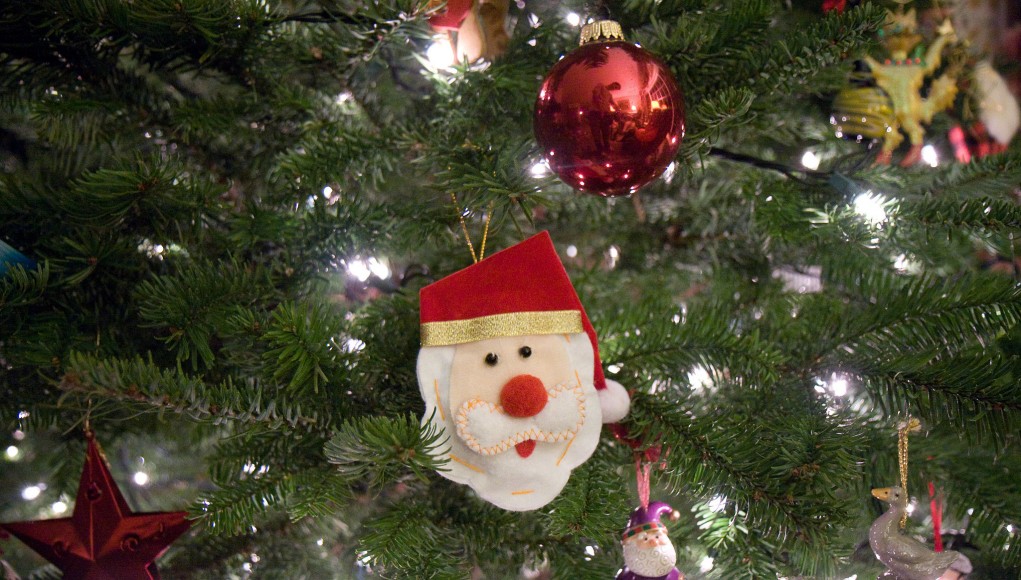As the holiday season wraps up, I look back and realize how nice it was to get down with some Christmas music and enjoy the holiday cheer. But I did notice some distinct differences in Hispanic households compared to traditional American households on how we embrace the spirit of Christmas.
Recent studies show that 9 in 10 Americans say they celebrate Christmas, and 3/4 say they believe in the virgin birth of Jesus. But only about half see Christmas mostly as a religious holiday, while 1/3 view it as more of a cultural holiday.
From personal experience, as well as visiting my white friends’ homes, I’ve found that their Christmas spirit fills more tangible space than emotional space. Christmas seems like more of a task to handle than a wonderful moment to savor. The tree is lined from side to side with presents, big and small. Presents come heavy. For many white Americans, also known as “Gringos” to a large portion of the Hispanic community, it’s almost as if they are trying to make up for lost time. The way Americans celebrate Christmas now is rooted in Christmases past. Studies show that 86 percent of white adults gather with family and friends on Christmas, and an identical number say they plan to buy gifts for friends and family. Oddly enough, I feel as if Americans on the whole don’t value Christmas with a sincere heart as you would expect. Unfortunately, Christmas has turned into a competition of who can have the biggest tree, the most lights, or the most extravagant decorations. The spirit of Christmas has been lost in the perfect ideal of the traditional “white” Christmas. Much of these moments portrayed on television commercials are misconstrued for a moment, not a lifetime.
On the other hand as a Hispanic, much of my holiday celebration isn’t much of a celebration. I’ve had this conversation many times with other Latinos and for them it’s “just another day.” Although much of our traditional food will always be around, we don’t take the holidays as serious as gringos do. We still visit and mingle with other family members, but our “family mentality” isn’t as strongly rooted in togetherness as it is in caring for the present.
In a way, when we gather we want to know how family back home is doing, and how we’re doing at school, work, and home. As a Hispanic family, we care for each other in the moment but we realize that we must carry on independently. We don’t gather with big family celebrations, but instead we visit separate households during the holidays. We don’t necessarily come baring gifts while we visit family; we believe that bringing ourselves and seeing each other is enough of a gift. Traditionally, the Hispanic family is a close-knit group and the most important social unit and that is extremely evident around the holiday season.
The spirit of the holidays in a Hispanic household may not carry the most extravagant gifts or the biggest tree and lights, but the foundation of a family that puts the well-being of each other first is what truly matters during the holidays. In mainstream households, the spirit of Christmas hasn’t been lost, but instead has been fostered from a facade of ideals that more and more do not value the true meaning of the holidays, but instead value the perceived notion of what they think it should be.




























